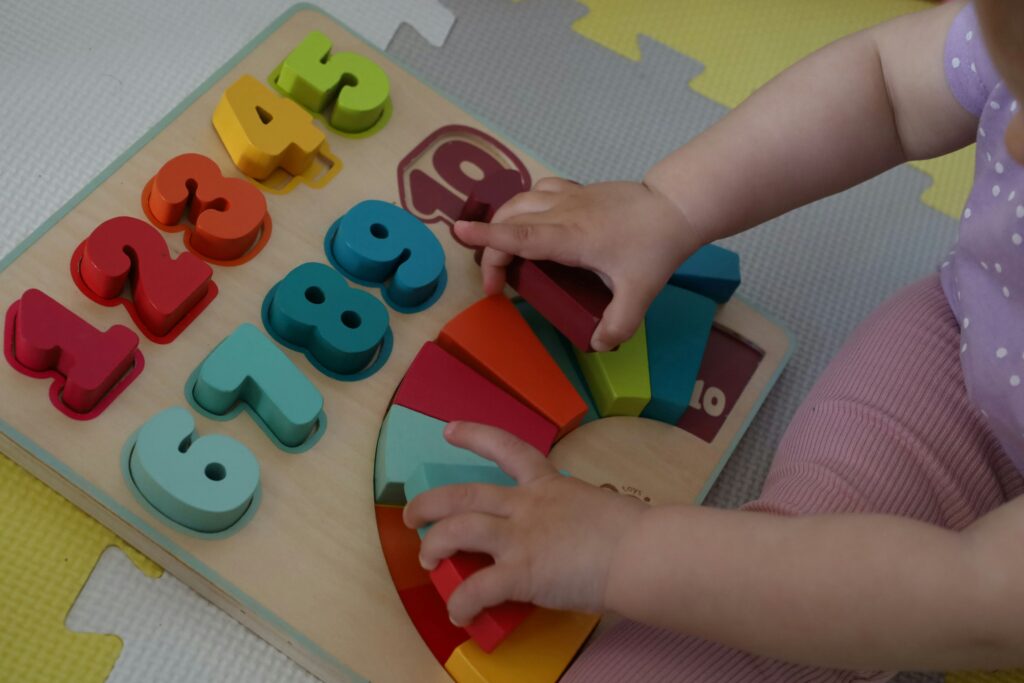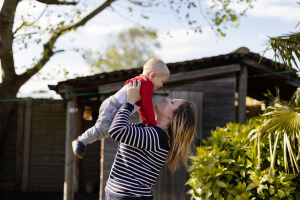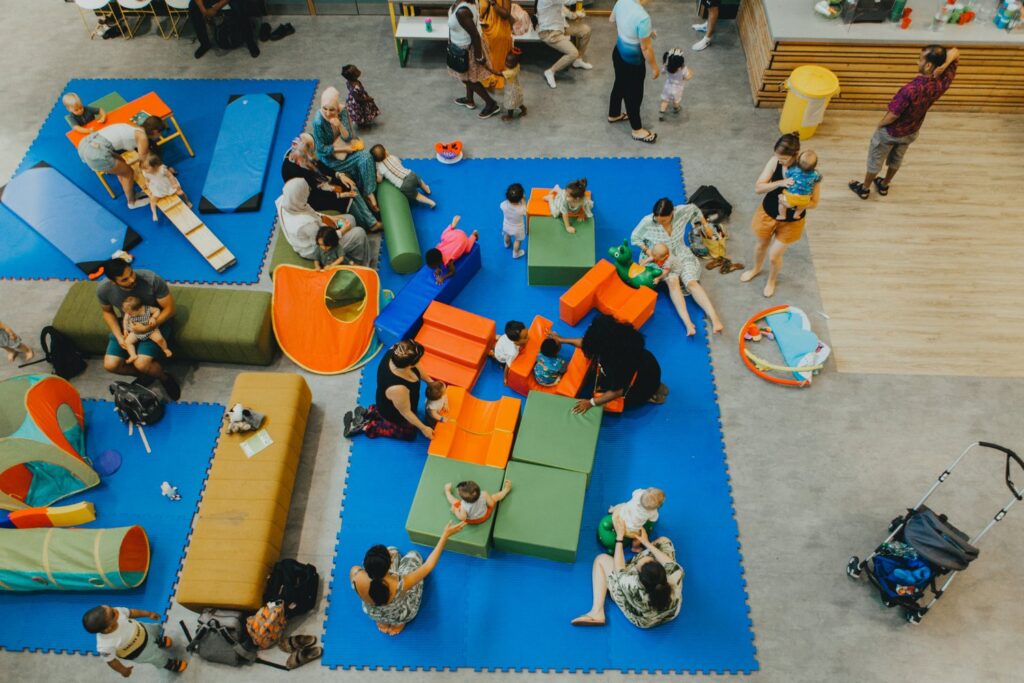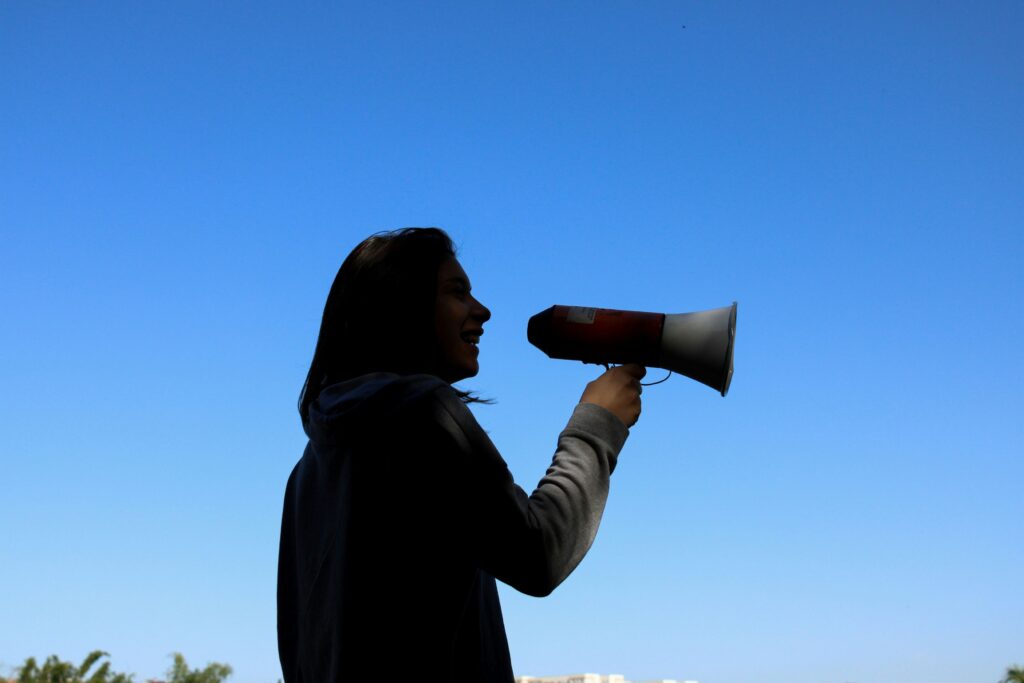Design products which support the development of young children

Take a fresh look at the products and services you provide and don’t be afraid to be creative.
-
1. Audit where your products and services are currently interacting with young children
This will vary enormously depending on the type of business you run. Do young families make up a part of your customer base? Or perhaps you own spaces which might reach young children?
Don’t forget to consider where your services are being used by grandparents, parents and caregivers – even if young children are not directly reached. Also think about how your business might be supporting the infrastructure of early childhood, such as nurseries – see our case study below.
-
2. Consider how you can use your products or services to engage young children
Consider how you can use the touchpoints you identify to engage young children and maximise their experiences. Talk to the people who are using the products or services and understand their needs.
Questions to ask:
- Can you add additional messaging? Mum and You nappies have characters printed on them and resources to help make change time an opportunity to help a baby’s development through singing, playing and chatting. Iceland have used packaging to provide nutritional information for young families and signpost to NHS Healthy Start.
- Can you make things more accessible for families with young children? McDonalds have distributed over 90million books by swapping out toys in their Happy Meals and have delivered a book tour across over 100 restaurants.
- What can you do to support the social and emotional development of young children? Ikea have worked with charity Autism Plus to run sensory-friendly shopping experiences and have trained ‘Diversity Champions’ to provide additional support for families.
-
3. Make sure you include staff training as part of anything you do
Make sure your team understands the importance of early childhood and why your business is supporting young children.
Creating the activity is much more effective if colleagues are on board. Ikea is a great example as they have designed their stores to be family friendly as well as scheduling sensory-friendly shopping experiences However, without the store staff truly understanding the importance of these initiatives, it would be much less impactful.
NatWest delivered training to hundreds of their staff who support nurseries so they could provide a better service. It was also a great way to upskill their teams.
For any initiatives that you create, communicate widely why you are doing it and the impact that you can have.

Case study: NatWest
NatWest provides financial products to hundreds of nurseries and early education settings across the UK. They have reviewed how they support these partners and added additional support and extended their lending capacity.
- Made lending easier to access for the Early Years sector
- Built toolkits to help make nurseries more financially robust
- Trained NatWest staff so they can better support their early years partners

Why this matters
Prioritising early childhood within wider culture will impact the future prosperity of our society; promoting social mobility across the UK and contributing to social cohesion through supporting people to live happy and healthy lives.
Transform the culture

